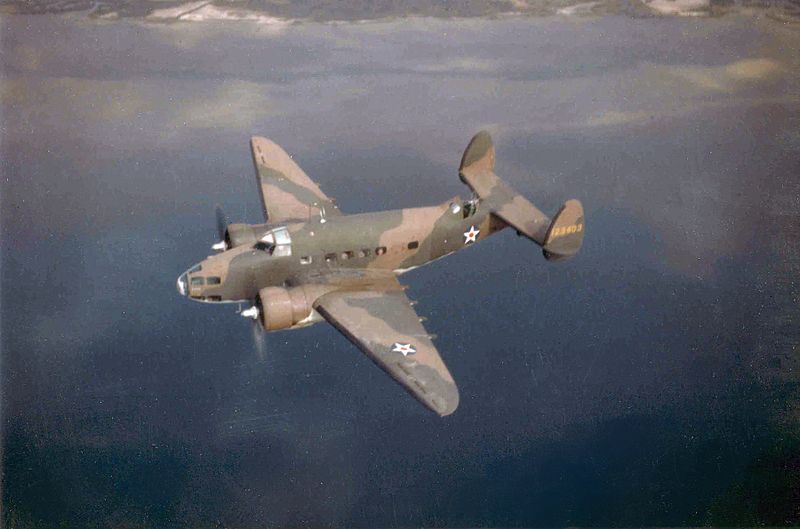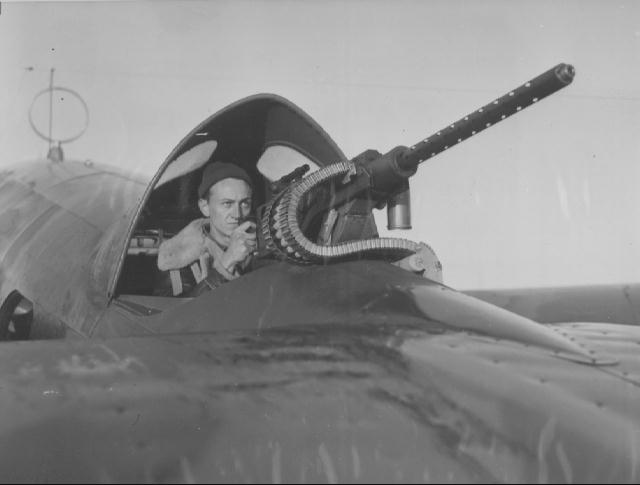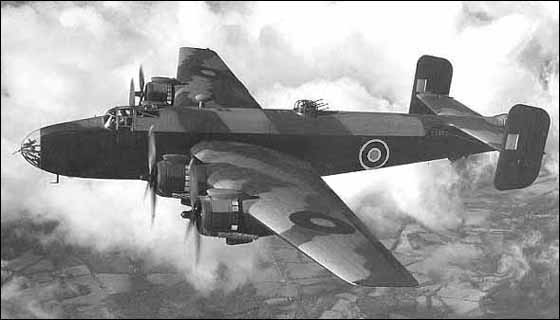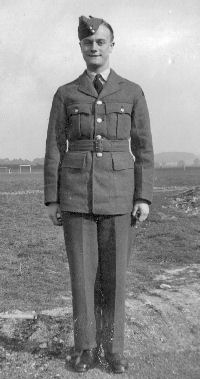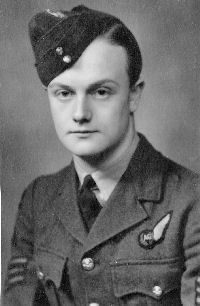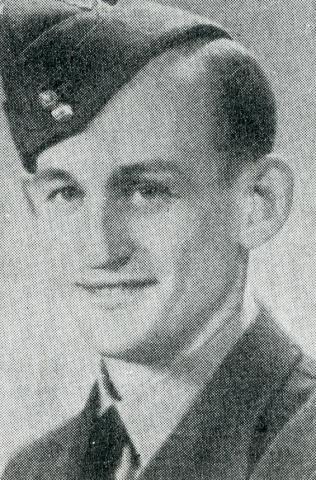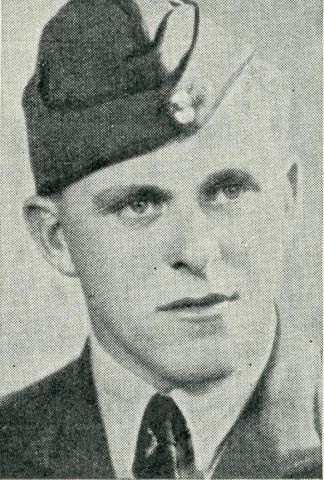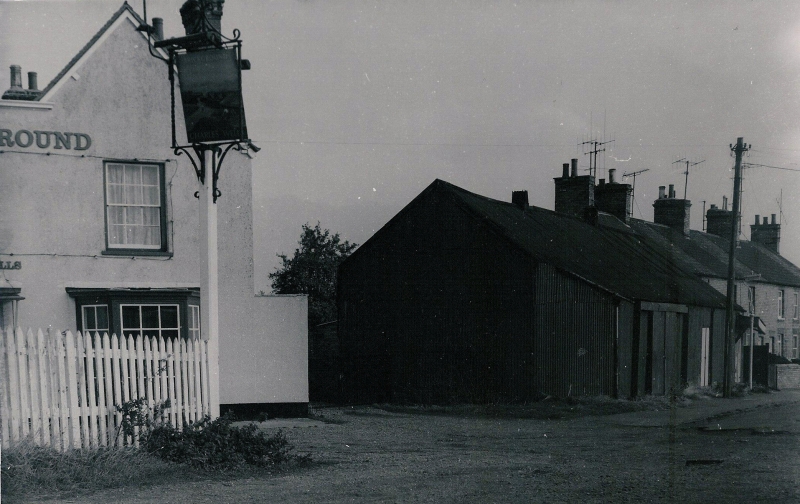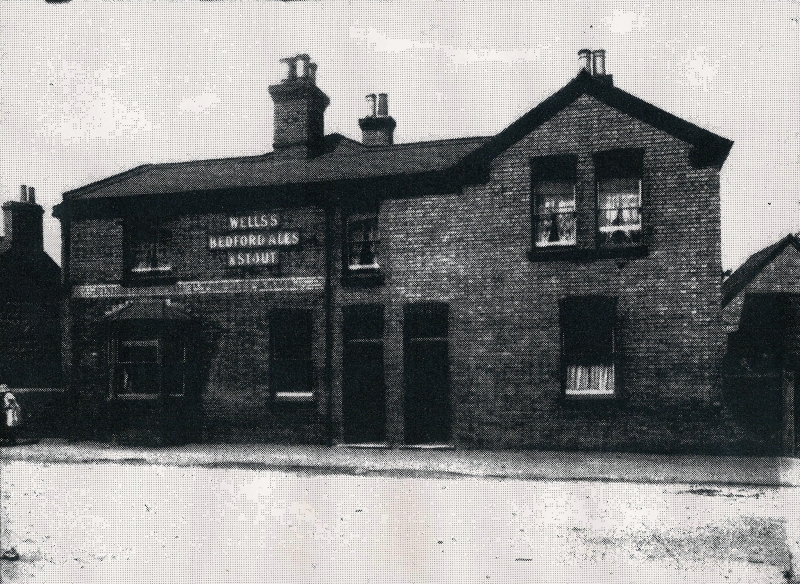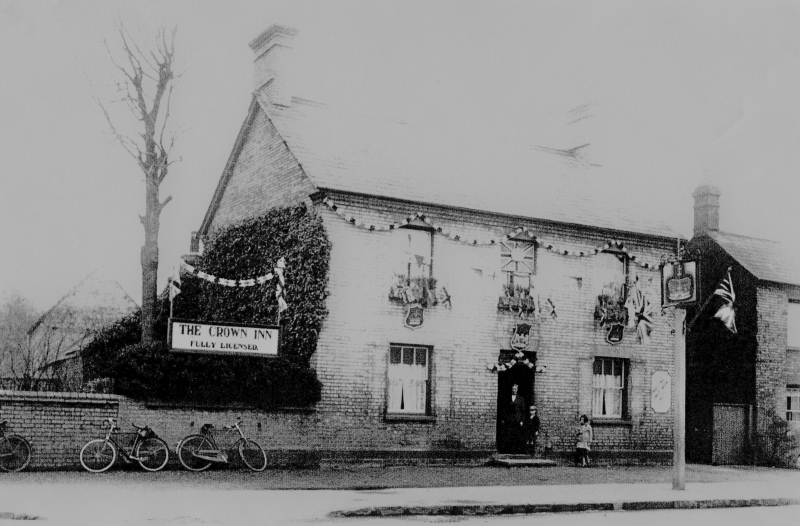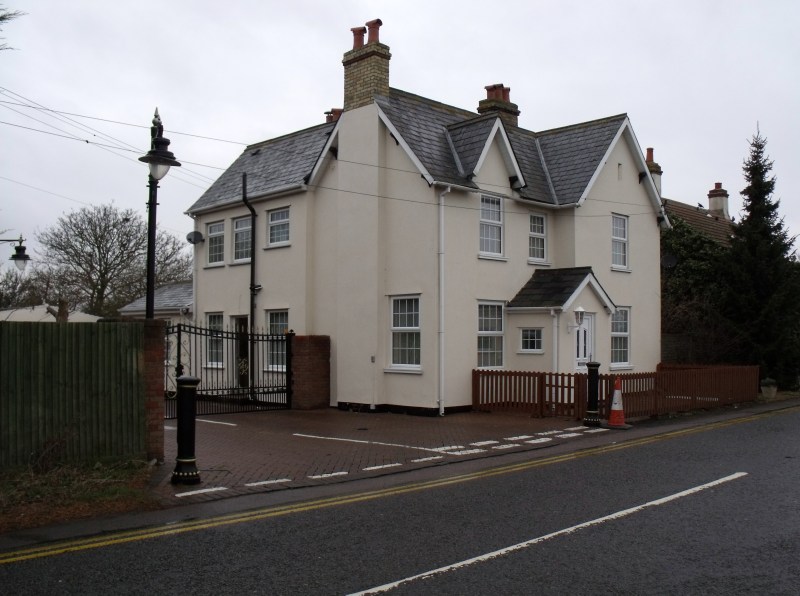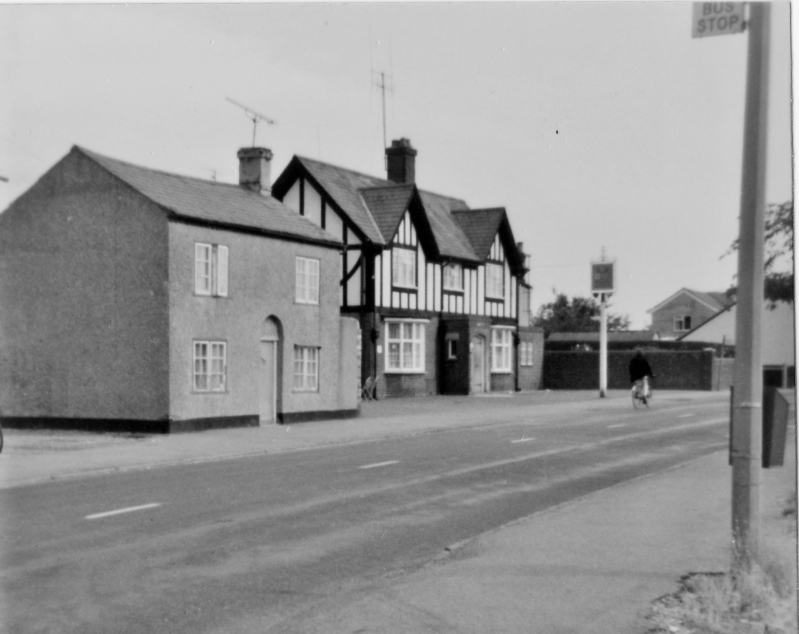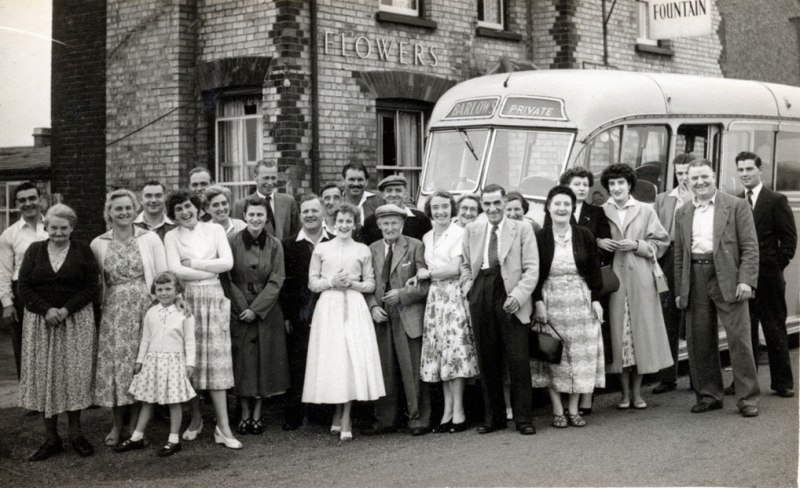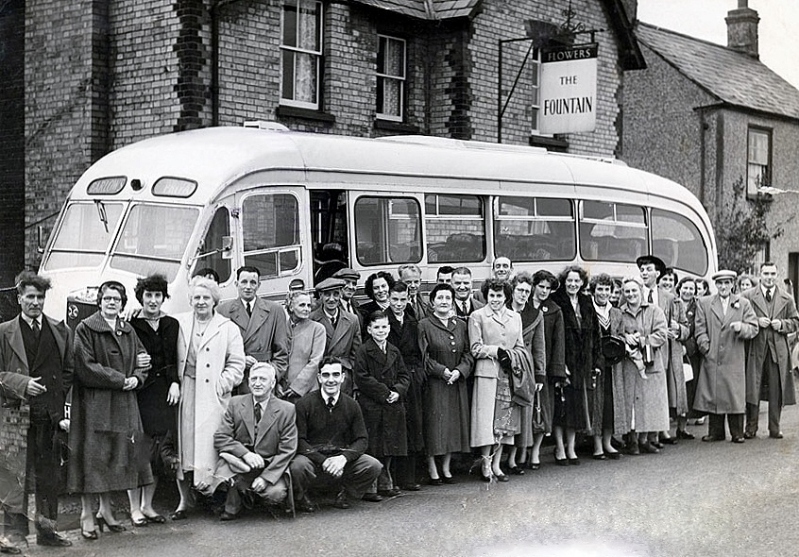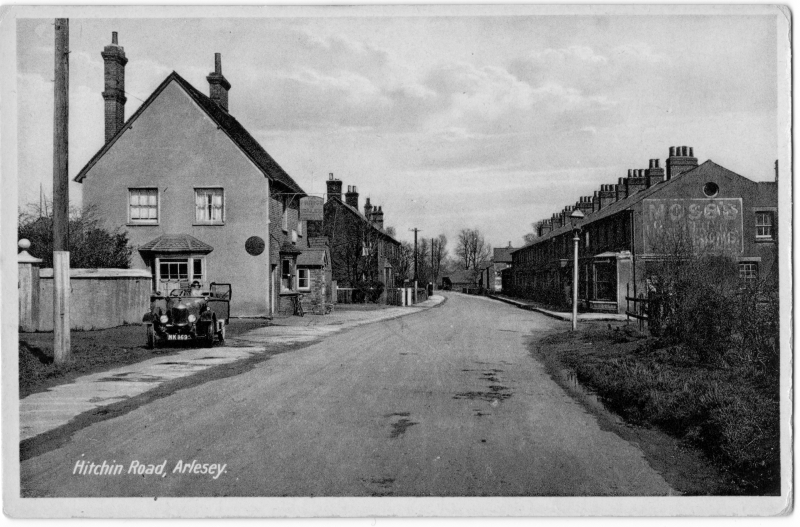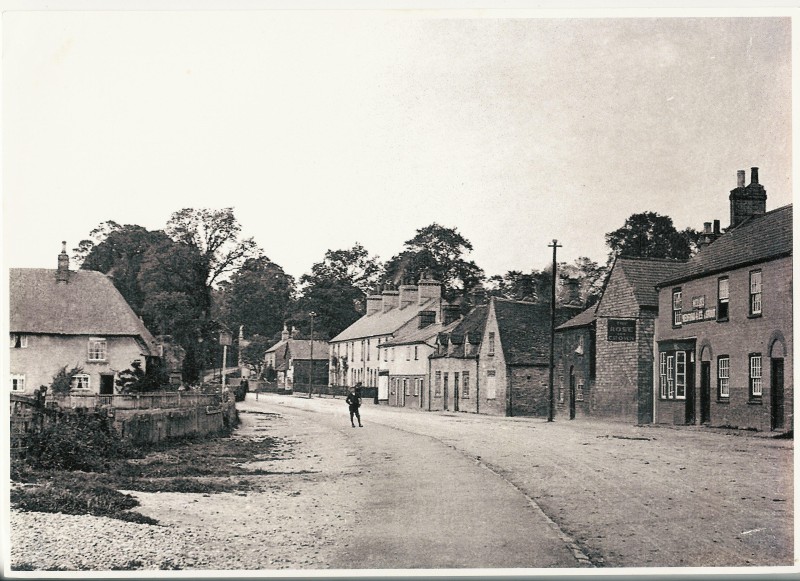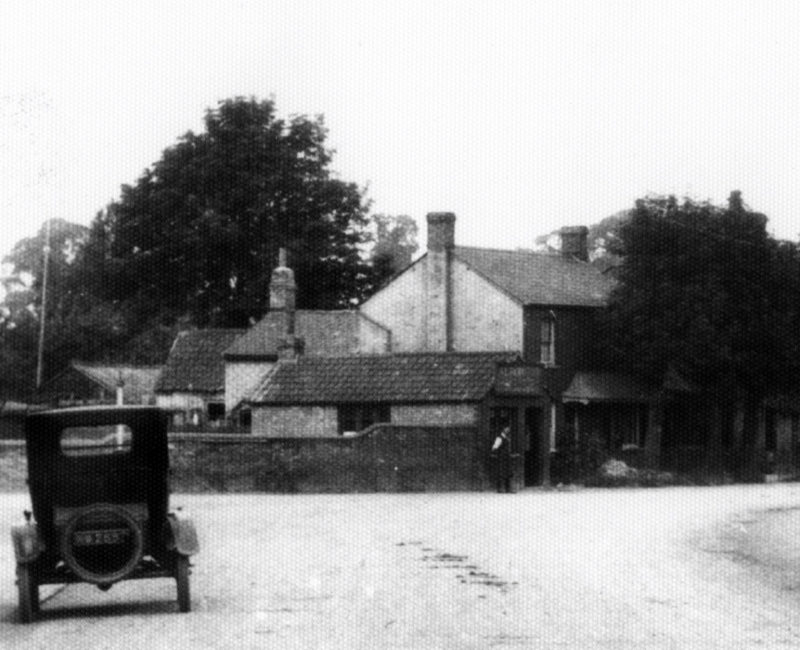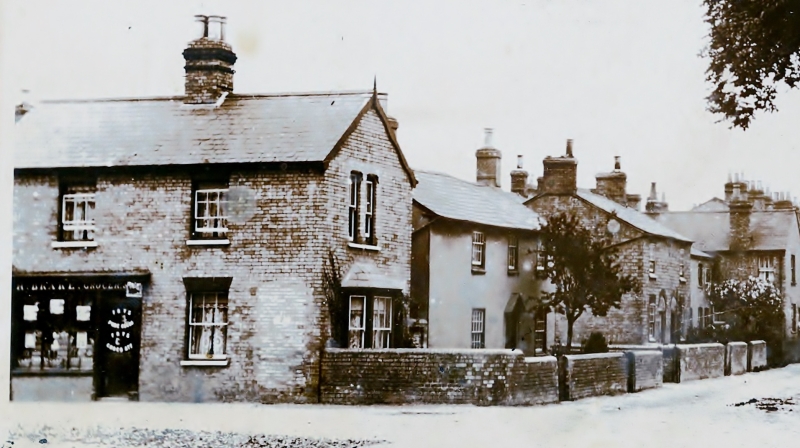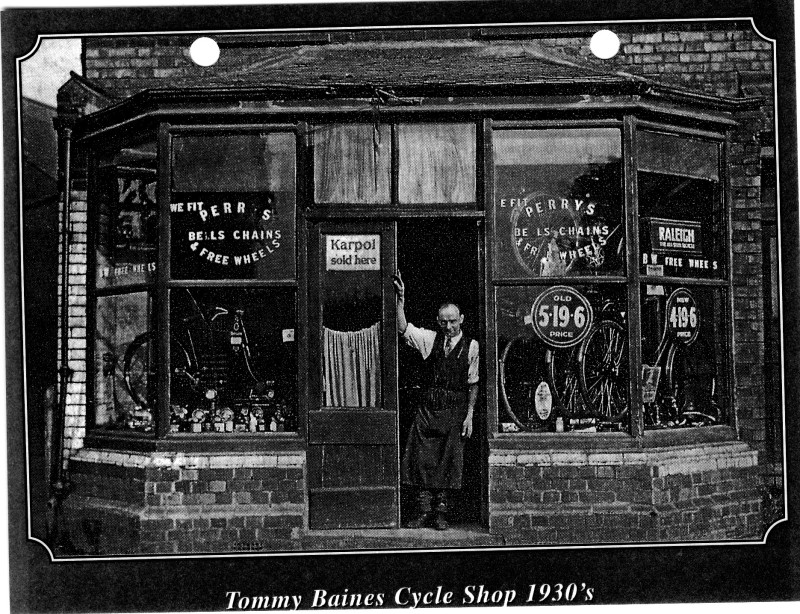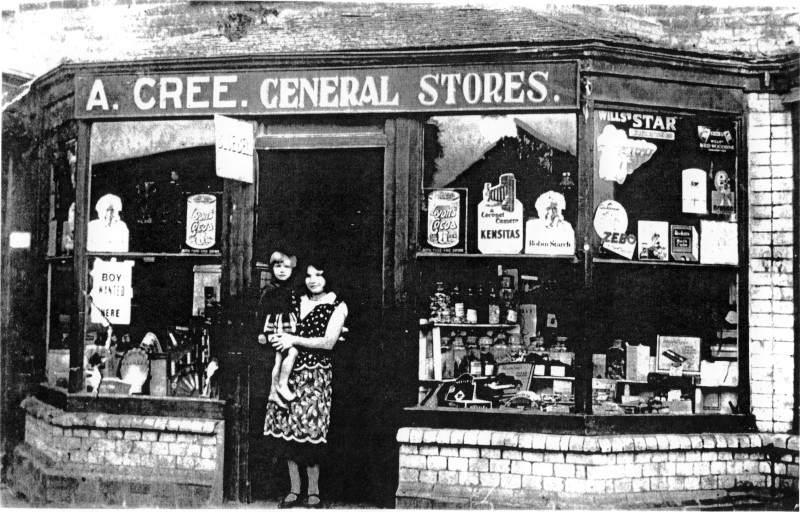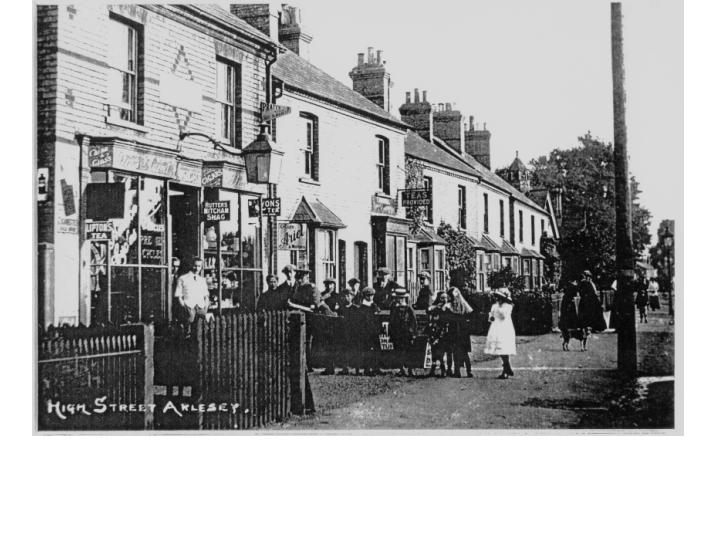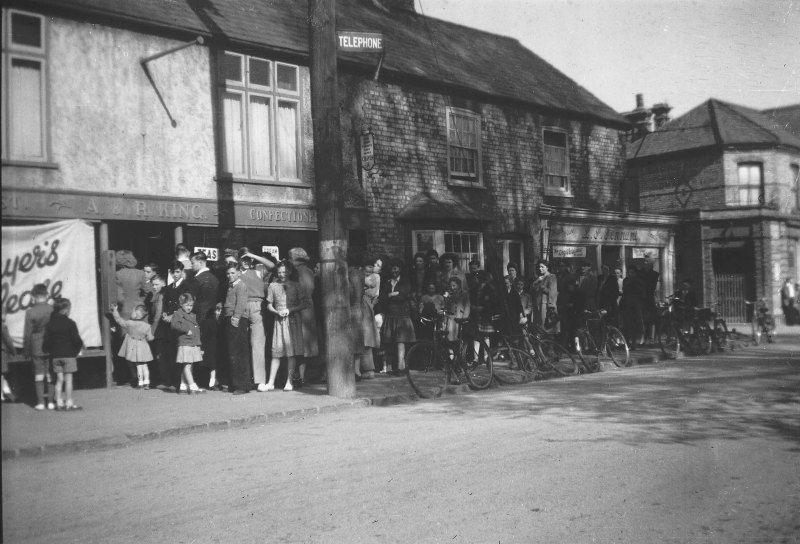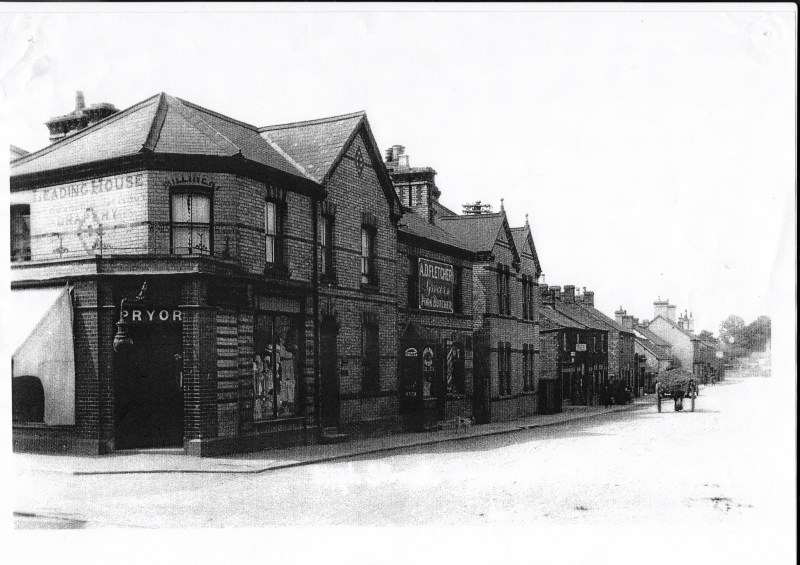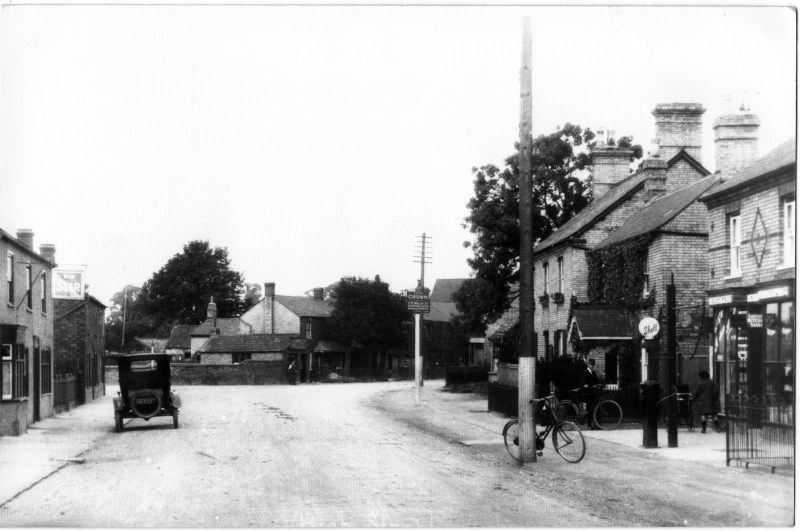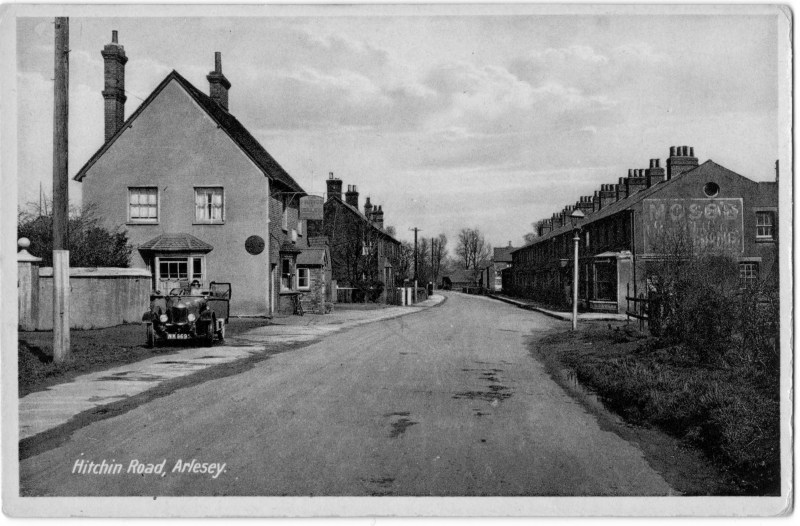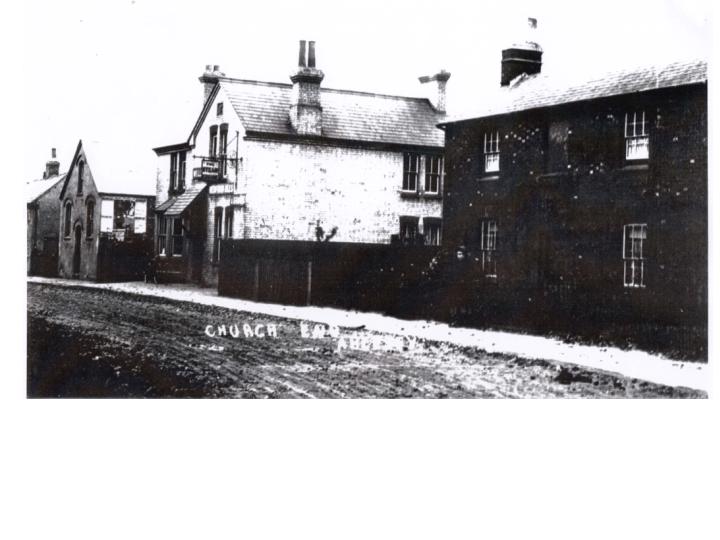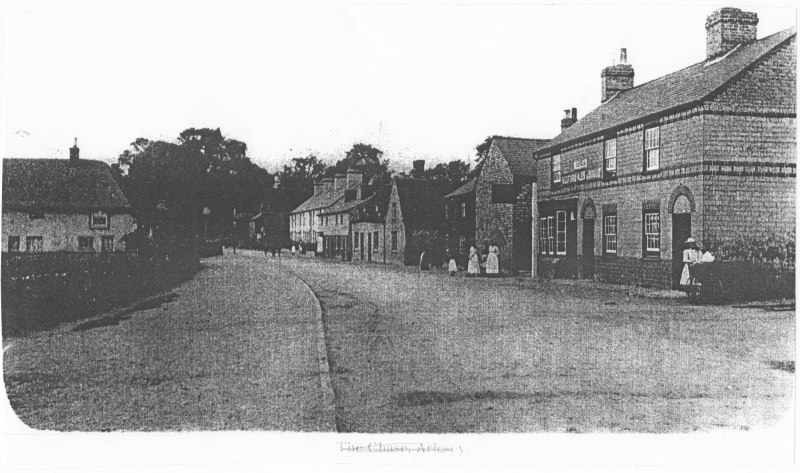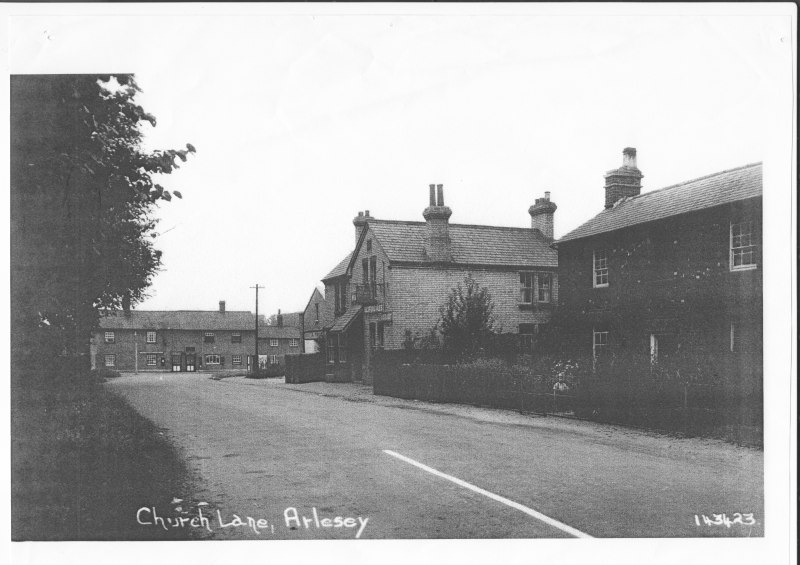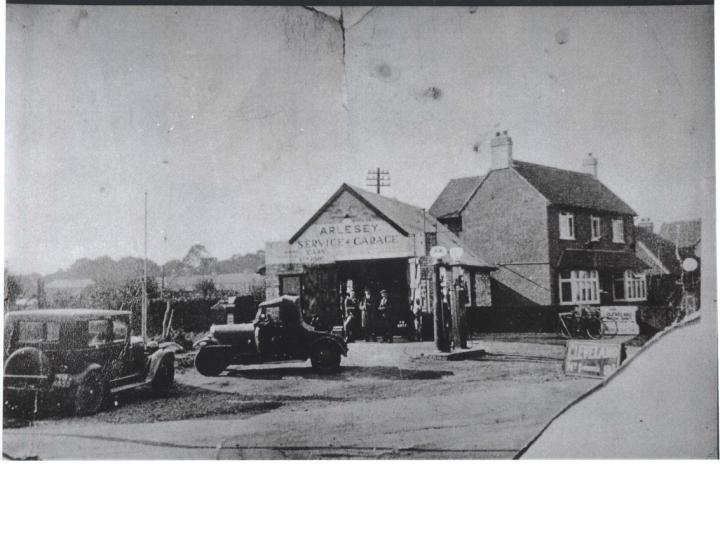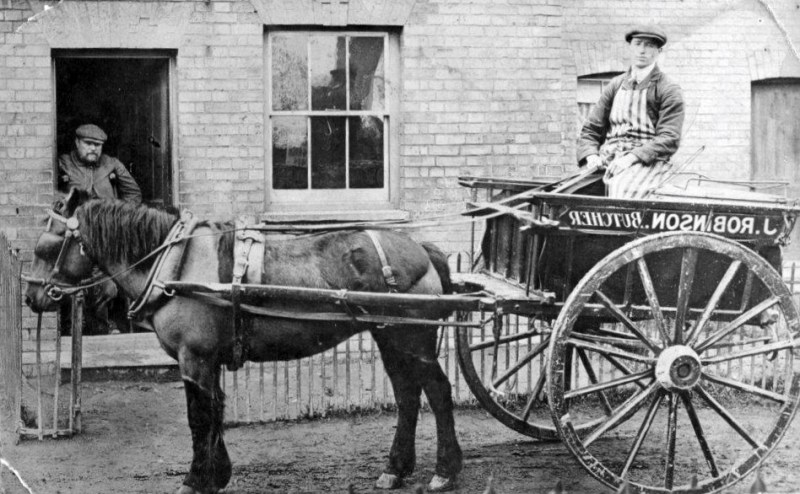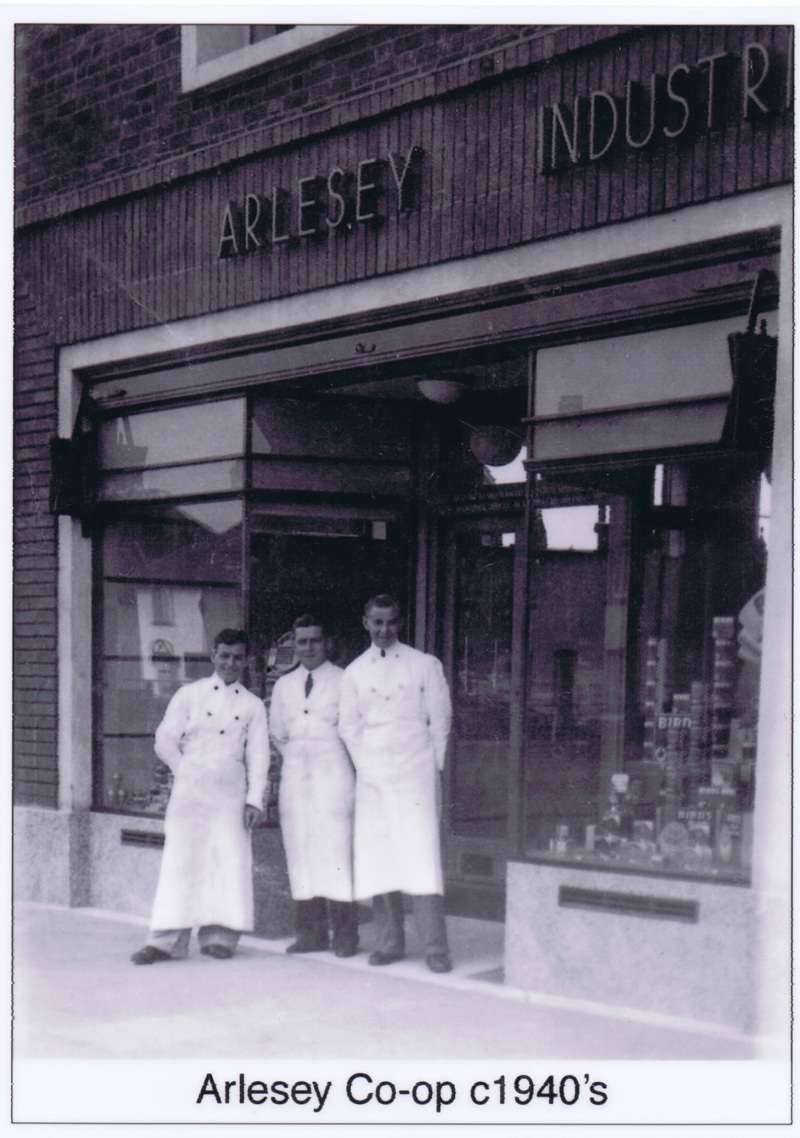CONVICTS SENT TO NEW ZEALAND!
When I first put my family tree on Ancestry.co.uk I was contacted from New Zealand saying they had seen my tree and it partly matched theirs.They were relatives of a George Allen.I wondered if he was a convict , but found that New Zealand would not accept convicts.I have just found evidence that they very reluctantly accepted some pardoned young offenders , but very few and made a hell of a fuss about it . I looked through the names and one was called George Allen.Could this be the same George Allen?
The Boys from Parkhurst Prison
On the the Isle of Wight there was a Military Hospital and Children’s asylum, called ‘Parkhurst’ was built on land in the centre of the island in 1778, a large and stately looking house surrounded by its own grounds. By 1838, the British Home Office had decided to convert the property into a prison for young boy offenders up to the age of 15 years, soon to be occupied by some 102 convicted boys transferred from other prisons.
Many of these boys, some as young as twelve, had committed offences which could only be described today as misdemeanours. Theft and shoplifting, picking pockets or stealing food, were the main offences which had been dealt with harshly by the Police Magistrate's Court in those days, sentences of imprisonment and deportation to Australia for seven to ten years being quite common.
Most of these lads had come from underprivileged homes where the act of theft and stealing had been generated by their need for food or adequate clothing to keep out the cold winter winds, frost and snow.
 In 1843, under a new Governor named Captain George Hall, the boys were employed moulding and baking house bricks with which they were to build two new wings for the prison.
In 1843, under a new Governor named Captain George Hall, the boys were employed moulding and baking house bricks with which they were to build two new wings for the prison.
By 1853 the transporation of convicts to Australia had ceased .
In the year 1841, after lobbying by the Quakers, the British Home Office decided to grant a conditional pardon from the Crown to boys between 13 and 16 years old who were detained in Parkhurst Prison. The boys were to be carefully chosen as deserving a pardon by the then prison governor, Captain Woolcombe. The 'condition' was that the boys were to serve a two-year apprenticeship on arrival in New Zealand before being given their independence .The boys who accepted this 'pardon' were to be called 'immigrant boys,' however, the authorities both in England and later New Zealand, still recognised them as criminals just the same.
Eighteen young boys who were ordered to be deported by the Court and who were now granted a Crown pardon, were selected to be sent to Freemantle, Australia. The Simon Taylor left England on the 29th April, 1842 with 245 passengers aboard, eighteen of them Parkhurst Boys, arriving after 111 days, on the 20th August. The Captain presented the Governor of the Colony with their documents of ‘conditional pardon’.
It was a great surprise to the early government in Auckland, when the barque St.George, under Captain Sughrue, sailed into the harbour on the 25th October, 1842, just two weeks later, with ninety-two ‘Parkhurst boys” aboard.
The then Acting Governor, Shortland, who had many other matters to deal with at the time, following the untimely death of Governor Hobson a few months before, decided to place the boys under the care and guardianship of Captain David Rough, the Government appointed Immigration Agent and Harbourmaster.
It was later considered in Government circles of the time, that the sudden arrival of these boys had breached an undertaking by the authorities in England, who, in setting up New Zealand as a separate Colony from Australia, had agreed that NO convicts were to be shipped. This action by the British Government was seen by the Auckland people as a total betrayal.
Scarcely had this matter quietened down, when, just over a year later, on the 14th November, 1843, a second vessel named the Mandarin, under Captain T. Smith, arrived in the harbour with another thirty-one Parkhurst 'immigrant boys" aboard. She had sailed from Gravesend on the 18th June 1843 via Hobart, Australia. The news of the arrival of more 'Parkhurst Boys' aboard the Mandarin spread rapidly around the growing township. The populace of Auckland were outraged! Letters of protest appeared in the Southern Cross and Auckland Chronicle newspapers voicing their strong disapproval of the British Government's actions.
It was found, meanwhile, that there were few openings for the boys in the Auckland workforce. The two trades they had been taught in Parkhurst Prison, tailoring and shoemaking were in little demand. Those in the second shipment who had skills in carpentery and building were given work on construction sites, while those boys who had nothing to offer were consequently put out to tasks that gave them no trade experience at all; some were sent to the copper mines on Great Barrier, where they were treated no better than slaves and the others employed working on the roads, often without boots or any protection on their feet.
The Acting Governor Shortland, voiced the public concern in a diplomatic note to London. On September 30th 1844 theNew Zealand Journal reported that:
“A notice was brought before the House of Lords of the evils likely to accrue to New Zealand from the transmission of convict boys to the Colony….. that New Zealand was colonised on the faith that it should never be inunduated with a convict population”.
The note continued:
“These reformed convicts are a nuisance and a disgrace to the community; the inhabitants of Auckland are now in constant dread of thefts and robberies from the ‘reformed convicts’.
An extract from the Southern Cross in the February 1844, also had this to say about the Parkhurst boys:
“The transportation of Parkhurst apprentices to this Colony appears by late accounts from England to be regarded by the friends of New Zealand as an evil and an act of injustice which should not be tolerated. In the Parliamentary intelligence of the Times on July 7th, we find that “The Archbishop of Dublin presented petitions from persons connected with the colony of New Zealand, praying that in future no emancipated convicts should be conveyed there as settlers. The persons who established that colony had a positive promise from the Government that no convicts should be sent to their settlement, yet recently two shiploads of convicts who had served their time had arrived from Parkhurst prison. It was a mere evasion to say that they were not convicts because they had served their period of imprisonment. To him it appeared that a convict and an emancipated one were much the same as a wild beast, loose and a wild beast chained. The petitioners were very anxious that they should have no more such imports.”
“The Earl of Devon said that the petition was well entitled to the careful consideration of the house. He did not think that the petitioners [ New Zealand] had been fairly treated.” “From the above we have every reason to hope that no more of the unfortunate Parkhurst Boys will be inflicted on this Colony.”
These publications and submissions to the British authorities in the Home Government seemed to have the desired effect and the transportation of boys from Parkhurst ceased.
The Parkhurst Boys of 1842 & 1843
| ST.GEORGE 1842 Astle, William 12 tailor Axford, John 18 tailor Axford, William 16 shoemaker Baker, George 16 shoemaker Baldwin, William 14 tailor Beasley, William 14 tailor Bellamy, David 15 tailor Biggs, Arthur 16 Blackwell, William G 14 tailor Bottomley, George 15 Briggs, James 17 tailor Brown, James 16 shoemaker Bryant, James 15 shoemaker Burford, William 18 tailor Burgess, James 12 tailor Burke, Michael 12 tailor Burnard, Isaac 15 tailor Burnard, Thomas 17 shoemaker Carter, Edward 14 tailor Coley, James 15 tailor Coley, Joseph 17 Chapman, Charles 15 Cook, Samuel 18 Copping, John 16 tailor Cotey, Joseph 17 Crawford, William 15 Critchley, Thomas 17 tailor Davis, James 14 Dawes, Frederick 16 Dillion, Thomas 14 Dobby, Michael 15 tailor Dowie, Henry Buller 19 Edge, George 19 shoemaker Elder, Alexander 18 Fawian, Thomas 16 Floyd, John 18 Fox, Robert Waylett 15 Garn, William 18 Hardy, Thomas 17 Harvey, Thomas 18 Hitchcock, Benjamin 17 Hollis, William 16 tailor |
Holloway, Charles 17 shoemaker Hopkins, Gabriel 13 shoemaker Horne, Frederick 15 tailor Jones, John 17 King, George 18 King, Thomas 15 shoemaker Lee, John 14 tailor Liddle, Adam 17 Lloyd, John 15 tailor Mahoney, John 14 MacKay, William 14 tailor Malcolm, John 19 Marsh, David 15 Marsh, James 16 shoemaker Matthews, William 17 tailor Mellom, Walter 18 Miller, John 15 shoemaker Minhinnick, John 15 shoemaker Moody, John 14 tailor Murguard, Charles 16 Myler, Richard 14 tailor McGuiness, James 17 shoemaker McQuarrie, Andrew 17 Nicholson, John 18 Nicholson, William 18 Ogan, John 14 tailor Parsons, James 16 Phillips, Joseph 14 Piney, James 14 Pool, James 17 Proctor, Thomas 15 tailor Rampling, James 16 Richmond, Peter 14 tailor Rook, Thomas 19 Ryan, John 18 Saunders, John 14 Sayles, James 18 Seamell, Henry 20 Shears, John 17 shoemaker Sheriff, Charles 17 tailor Sheriff, Charles 17 shoemaker Smith, William 18 Stokes, James 18 |
Strong, Henry Stephen 18 Thorn, William 18 Tuft, John 17 shoemaker Toppeny, William 13 Topping, William 13 tailor Tuck, William 11 tailor Tugget, John 17 Warnutt, William 16 tailor Whitehead, John 18 Willey, John 15 tailor Wines, Henry 15 tailor Woodgate, William 16 MANDARIN — 1843 Adams, Thomas 17 carpenter Allen, George 16 tailor/cooper Bassan, Henry 16 bricklayer /tailor Beales, William 18 carpenter Binnie, Alexander 19 tailor Cotterill, John 17 tailor Day, Thomas 18 tailor Denman, William 15 tailor Eggerton, Isaac 17 cooper/shoemaker Farrell, John 16 cooper/shoemaker Goulburn, Thomas 18 carpenter Griffiths, James 17 carpenter/shoemaker Hermitage, John 16 carpenter Inchie, James 19 cooper Lamb, Michael 16 bricklayer/shoemaker Lay, George 20 carpenter Lynch, John 17 carpenter Neil, Charles 16 shoemaker Organ, Richard 16 plumber/glazer Parker, William 12 tailor Paton, William 19 bricklayer Rose, Edwin 17 farmer Shaw, John 17 shoemaker Smith, Joseph 18 plasterer/bricklayer Smith, William 16 farmer Waller, Alfred 15 carpenter West, William 16 bricklayer/tailor Williams, Joseph 17 cooper Wilson, George 16 shoemaker [2 names are missing] |
By the year 1849 there was little to remind the public of Auckland of the scandal surrounding the arrival of the two ships of ‘Parkhurst Boys.’ They had quickly integrated into the everchanging Auckland society with the arrival of more and more immigrants families settling into the infant Colony.
Fortunately, they were the first and last ‘ex-convicts’ ever sent by the British authorities to the shores of New Zealand.
The dates don’t quite match but only by 2 years.George was born 1828/29 and in the 1851 census it says george aged 22 is still living at home .so at the moment it looks like it could be a different George Allen , so our George was probably a genuine migrant who immigrated slightly later to better himself.I will check the ship manifests next.Unless of course George managed to get home for a visit ,before returning to New Zealand. So if our George was born in 1828 , in 1843 he would have been 15 very close to the right age. 8 years later he could have saved enough money for a visit home.So really the jury is out as to wether this is the same George Allen , or just a coincidence?




